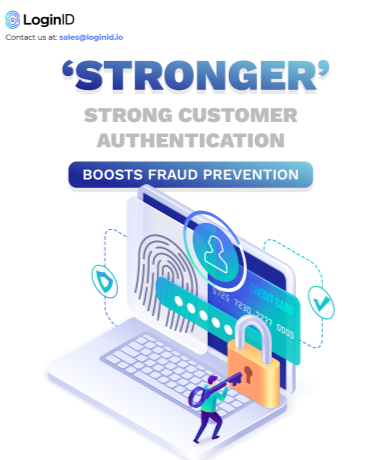Fraud may manifest itself in various ways, including waste and abuse, incorrect payments, money laundering, terrorist funding, public security, and cybersecurity. Historically, companies faced a fragmented approach to fraud protection, relying on business rules and primitive analytics to detect abnormalities and generate warnings from disparate data sources.
Without automation, cross-referencing data was impossible, and detectives could not monitor transactions and crimes in real-time; they could only do it after the fact. More advanced technology has been created to forecast traditional strategies, identify new schemes, and understand more complex organized crime networks to fight fraud. This goes beyond traditional analytics; it incorporates predictive and adaptive analytics approaches and a kind of artificial intelligence known as machine learning. By merging significant data sources, real-time monitoring, and risk profile analysis to assess fraud risk, fraud prevention has developed to reverse the tides of loss.
Due to advancements in computer speeds, machine learning, and other kinds of artificial intelligence, fraud prevention technology has made great leaps; fraud affects every aspect of our lives. It increases the cost of products and services, wastes tax dollars, diverts resources away from innovation, and even costs human lives. Fraud detection requires a holistic strategy that correlates data points with behaviors to determine what is wrong in today’s environment. Because fraudsters have evolved sophisticated strategies, it is critical to keep current on these evolving methods of system manipulation. Frequently, cybercrime is enabled by cybersecurity breaches. Many tech companies come up with solutions like MFA.
Multi – Factor Authentication
MFA or multi-factor authentication is a verification process wherein a user must present two or more pieces of evidence to gain website or application access. The most common combination for MFA is password plus email address or mobile number.
MFA is a development that is indeed more robust than passwords alone. But this verification method could still be vulnerable to hackers and scammers. Good thing FIDO2 was created. FIDO2 is a project that aims to create a stronger authentication factor by using cryptography and biometrics. Furthermore, the FIDO2 supports digital signature API, which adds another layer of security for your account. By integrating FIDO2 on your website or applications, you can ensure safe and secure authentication. Moreover, you can also add FIDO2 passwordless authentication to your digital wallet and safely access your crypto or bitcoin wallet.
With the help of these technological advancements, it is safe to say that a secure, private authentication for the future – LoginID is something possible. You just need to be aware and knowledgeable about these current developments to utilize them.
Delegated Authentication
Another solution is delegated authentication it is comparable to single sign-on (SSO), the user experience is somewhat different. With delegated authentication, one system delegates validating user credentials to another SSO and delegated authentication allow users to sign in to numerous applications using a single set of credentials. However, users must log in to each app individually when using delegated authenication.
To know further about ‘stronger’ strong customer authentication boosts fraud prevention, below is an infographic to help you secure private authentication for the future – LoginID













Add Comment